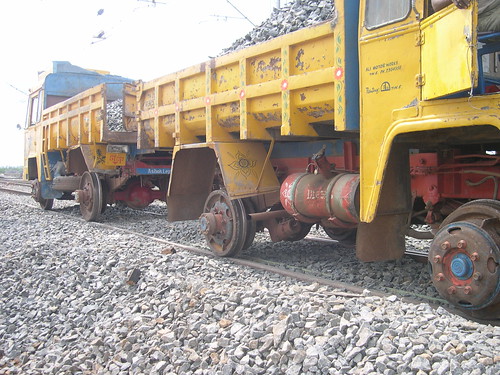Ballast... thank you for your service
Hi friends in this article let us discuss about some of the very basic, which we are not aware, that includes me but somehow managed to know the information now, but it is really good in knowing this fact. We are not going to discuss a very complicated one, as this is the very simple concept that used in the railway tracks.
When we speak of railway tracks I must inform that the Indian Railways is the largest organization in the world, both private and public, with more than14 lakhs employees work in railways. So now let us consider one of the jobs that is done by them, which helps the nearby buildings, located around the railway tracks.
We will discuss here what is the reason behind, the usage of gravels on the railway tracks. I guess most of us don’t know the actual reason and even I was unaware of this information before writing this article.
So, I have decided to share the information which I knew, so that it would be helpful to you and so that you can also share this with your friends. The reason is simple, the usage of gravels will avoid the vibration produced not to spread far off from the railway tracks, and else it may affect the buildings around.

This concept of using the gravels in the railway tracks is called as BALLAST. In simple we can say that these ballasts are used for the purpose of dissipation i.e. trains usually travel at an high speed of more than 100 km/hr and at this high speed, there will be lot of vibrations, when they travel on the track, and as a result this vibration can also be felt in the nearby areas, that causes cracks in the buildings.
We must remember that the above condition occurs only when the gravels are not present. Not only this, they are also helpful in diverting the rain water from the tracks.So when we use these gravels in the railway tracks, they are used to dissipate the vibrations which are produced when the trains travel at a high speed. Moreover these gravels helps as a cushion, in damping the vibrations and makes them not to reach very far from the railway tracks.
Like it on Facebook, Tweet it or share this article on other bookmarking websites.

